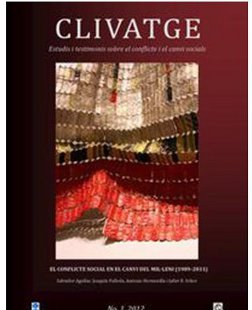La ruptura de 1989: El papel de las movilizaciones y la emigración masiva en la caída del régimen alemán oriental en 1989
Keywords:
East Germany, Emigration (exit) and protest (voice), Non violent collective actionAbstract
The collective mobilization and the cycle of protests that finally weaken and break the socialist model inthe German Democratic Republic on November 9 of 1989, has been widely analyzed from the sociology ofsocial movements. However, these studies have focused on reinforcing and inhibitors links betweenmigration (exit) and protest (voice) (Hirschman, 1993; Pfaff, 2003, 2006). Few studies have noted thedynamics of nonviolent protests. This research seeks to explore the contentious actions that occurred inthe GDR in 1989, from the nonviolent struggle theory of sociologist and political scientist GeneSharp (1973, 1985), and the possible complementarity of this analytical model would has with themigration thesis proposed by Hirschman (exit).Downloads
Published
2013-06-11
How to Cite
Hermosilla Canessa, A. (2013). La ruptura de 1989: El papel de las movilizaciones y la emigración masiva en la caída del régimen alemán oriental en 1989. Clivatge. Journal of Studies on Social Conflict and Change, (1). Retrieved from https://revistes.ub.edu/index.php/clivatge/article/view/6218
Issue
Section
Articles
License
AUTHORS RETAIN COPYRIGHT. CREATIVE COMMONS
The authors who publish in this journal agree to the following terms
- The authors retain the copyright and grant the journal the right of first publication of the work, which will be disseminated following the Creative Commons Attribution license.
- Authors are free to establish additional independent contractual agreements for the non-exclusive distribution of the version of the work published in the journal (such as publication in an institutional or thematic repository, their personal website or a book), provided have your initial publication in this journal recognized.
- Texts will be published under a Creative Commons Attribution License that allows others to share the work, provided they include an acknowledgement of the work’s authorship, its initial publication in this journal and the terms of the license.
- Self-archiving of pre-print and post-print versions is allowed.







